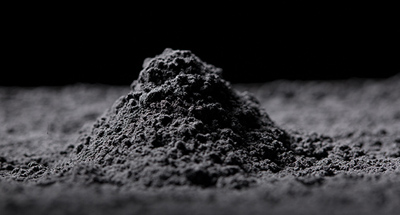Carbon black market forecast with a CAGR of 2 percent through 2027
Pune, India – The carbon black market is projected to register a CAGR of more than 2% during the forecast period (2022-2027) according to ReportLinker.com. Due to the COVID-19 outbreak in the first half of 2020, the tire and rubber industry was significantly affected.
The tires and industrial rubber products segment is the largest application segment of the market, accounting for more than 80% of the market share.
Carbon black is used in vehicle tires as a filler and a strengthening and reinforcing agent.
According to Kordsa Teknik Tekstil AS, the global tire industry’s volume reached 1.498 billion units in 2020, a dip of 11.5% from 2019. Moreover, the total global tire industry volume is projected to reach 1.813 billion units by 2023.
Besides tires, carbon black is also required for various molded and extruded industrial rubber products, such as conveyor belts, gaskets, air springs, grommets, vibration isolation devices, and hoses. It provides flex strength in such products.
In the rubber industry, carbon black is majorly used as a filler to achieve reinforcing effects, such as altering the modulus or tensile strength. In rubber-based adhesives, sealants, and coatings, it is used to enhance the intermolecular or cohesive force of the product and impart conductivity.
According to the Association of Natural Rubber Producing Countries, the outlook for world demand on natural rubber (NR) is estimated to grow by 9.3% Y-o-Y to 14.1 million ton in 2021.
China accounts for a higher share of the world’s carbon black capacity and production. Any demand-supply imbalance in China can affect domestic players’ market share and performance.
On the other hand, China generates carbon black primarily through the Carbon Black Oil (CBO)/Coal Tar pathway, which has higher pricing than CBFS. Furthermore, the cost of carbon black rose in China due to plant closures resulting from the Chinese government’s increasingly aggressive environmental protection program.
China contributes nearly 33% of the global carbon black production capacity, with a volume of almost 5.7 million metric ton in 2019. China is also the largest global exporter of carbon black. The primary carbon black feedstock is coal tar, and other carbon black feedstocks include slurry oil and ethylene tar.
The top local manufacturers of carbon black are Jiangxi Black Cat, Longxing Chemicals, Shanxi Yongdong Chemicals, Shanxi Anlun Chemicals, Liaobin Carbon Black, Shanxi Sanqiang New Energy Technology Co. Ltd, Suzhou Baohua Carbon Black, Shandong Jinneng Technology, Shandong NST Carbon Black, Yunan Yunwei Feihu Chemicals, Qujin Zongyi Chemicals, and Shandong Best Chemicals. Among these, Jiangxi Black Cat is the largest producer, with a capacity of over 1.9 million metric ton.
The carbon black market is consolidated, with the top 10 players holding more than 61% of the market share. The major companies for the carbon black market include (in no particular order) Cabot Corporation, Birla Carbon, Orion Engineered Carbons SA, Jiangxi Black Cat Carbon Black Co. Ltd, Tokai Carbon Co. Ltd, and China Synthetic Rubber Corporation.

